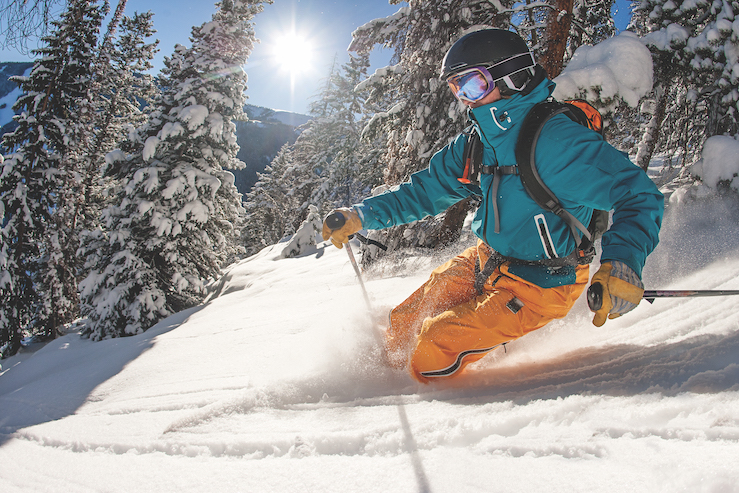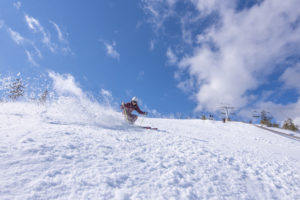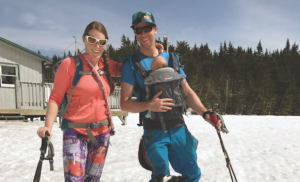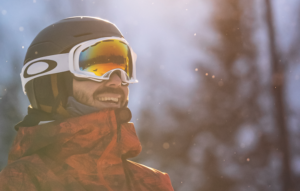
Up here in the snowy mountains, we have our own language. When we say the conditions are “wicked,” we mean they’re terrific. When we say we are skiing through “frozen granular,’’ we mean we are skidding across complete ice. When we sing the praises of “spring skiing,” we really mean the snow is mush, we’re off the slopes by 11:30, and we hang around the resort only because we want to see some hopeless dunce fly into a pond of water during a “Bash and Splash” event or witness a kayak race down what remains of the snow.
But now we lexicographers of the slopes face our most formidable challenge: Making the all-important distinction between someone who identifies as a “skier” and another who “goes skiing.”
We are up to this task. We are, after all, the people who live with winter nuance: We know the difference, for example, between skis that are described as alpine and alpine touring, between telemark for alpine and telemark for backcountry. For those of us with a downhill inclination, we know the difference between the bindings manufactured by Salomon, Marker and Look. For the cross-country skiers among us, we know the meaning of these sets of letters: NNN, NN, NIS, SNS and NTN. Breathes there one of us who cannot make the distinction between skis that are cruisers, racing, freestyle, big-mountain and all-mountain? Some of us even can explain to our significant others the difference between slalom and giant slalom, and maybe even know what a super giant slalom and a combined is.
Now to the super-giant challenge, the “skier” and the person who “goes skiing.”



